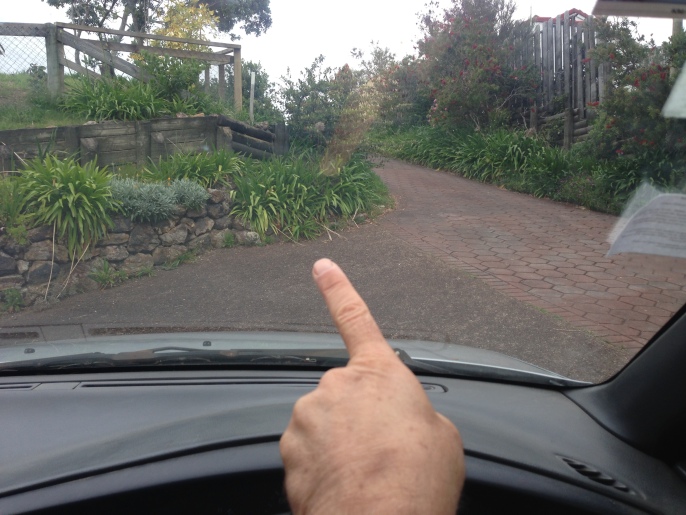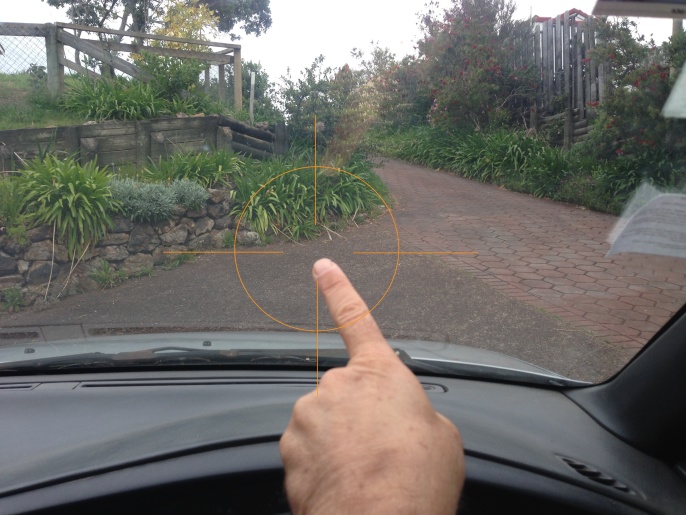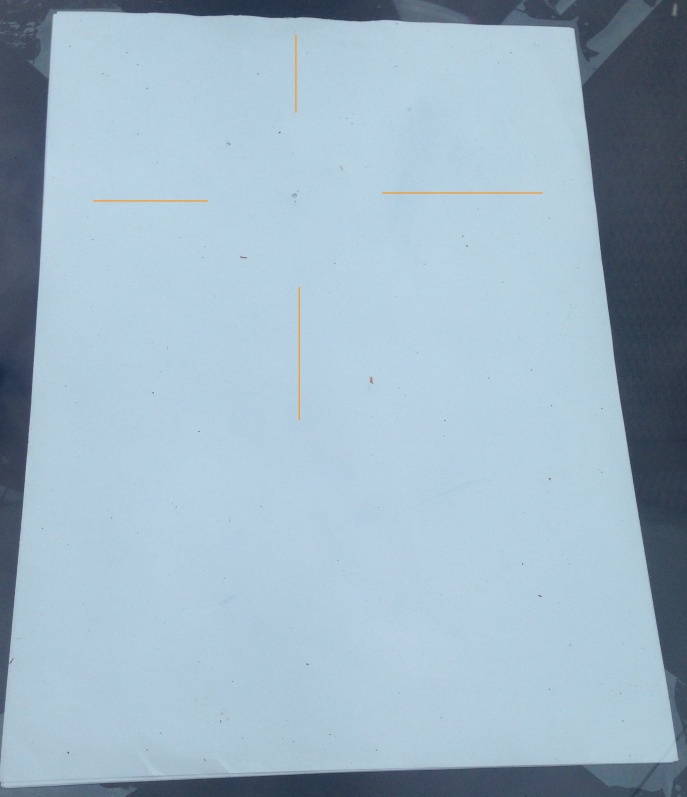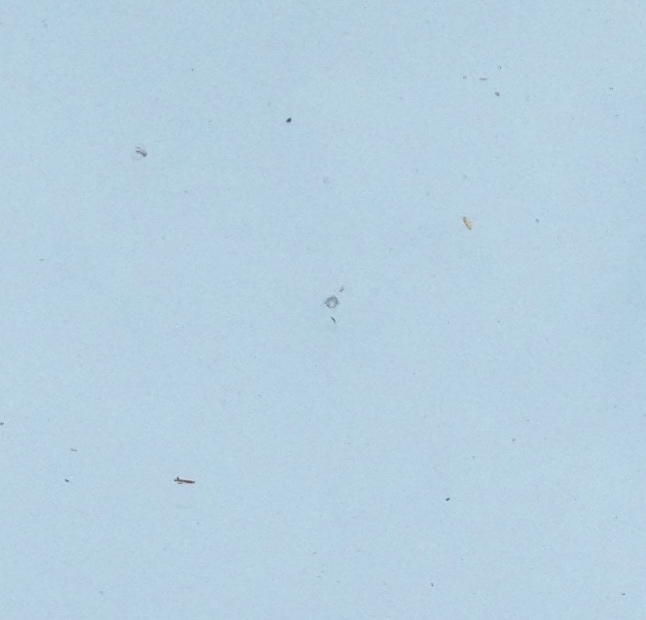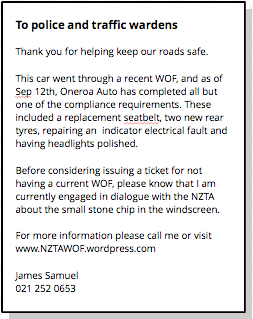Following the recommendation of Kirsty at the NZTA (see previous post), I made the time to meet with Raul and Scotty today. They are the owners/managers at Oneroa Automotive who are contractors to the NZTA.
They stood firm that their assessment of the windscreen followed the guidelines and instructions of the NZTA. While they were supportive of my decision to question the prescribed process and guidelines they believe they had followed them correctly.
One fact in this process, that points to the scale of the stone chip is that the car had previously passed a WOF in the same condition.
In my opinion the words that are not being given sufficient weight, when assessing a windscreen for safety, are those that state that the following are allowable on a windscreen:
scratching and surface pitting that does not affect the driver’s vision such as small stone marks.
I will now complete and submit a Vehicle certification complaint form with the intention of eventually gaining a WOF that acknowledges this car is safe to drive on NZ roads.
We concluded the meeting on good terms, with Raul and Scotty knowing that I would not be complaining about them, but about the process that results in ruling that a windscreen with this minor level of road “wear and tear” (which does not affect the drivers vision), must be replaced before a WOF can be issued.
I will take my car for a WOF check on a six monthly cycle and address all safety issue as they arise, in order to know that I am being a responsible driver. I will keep these WOF papers in the car, along with receipts of any remedial work done. They will be available for the review of any police or wardens who rightly notice the car is not displaying a current WOF.

